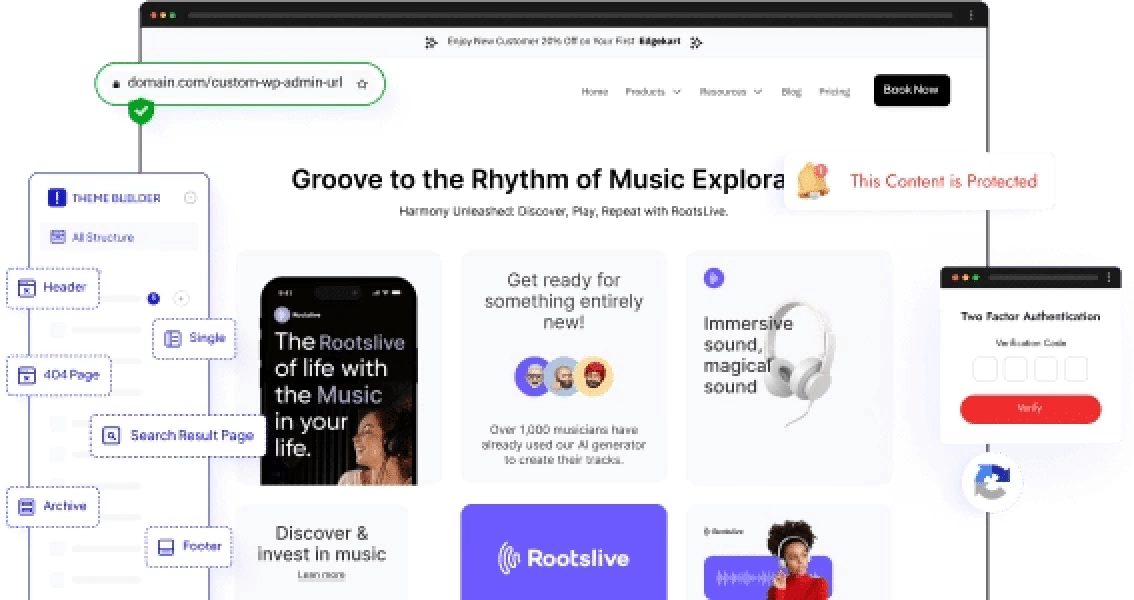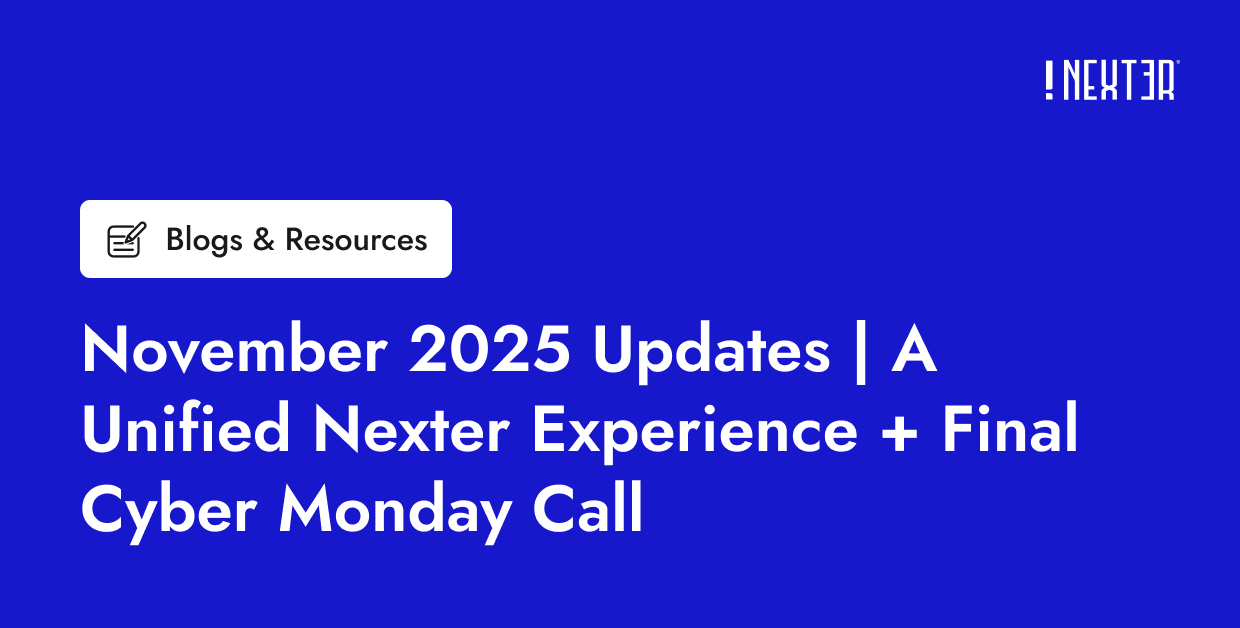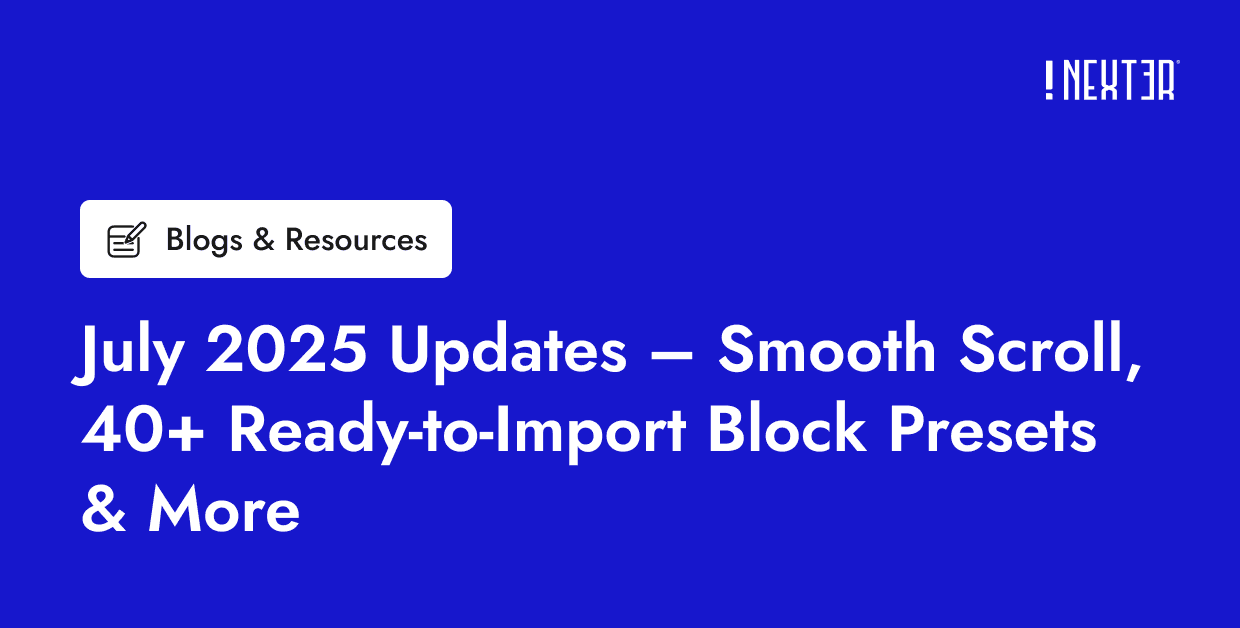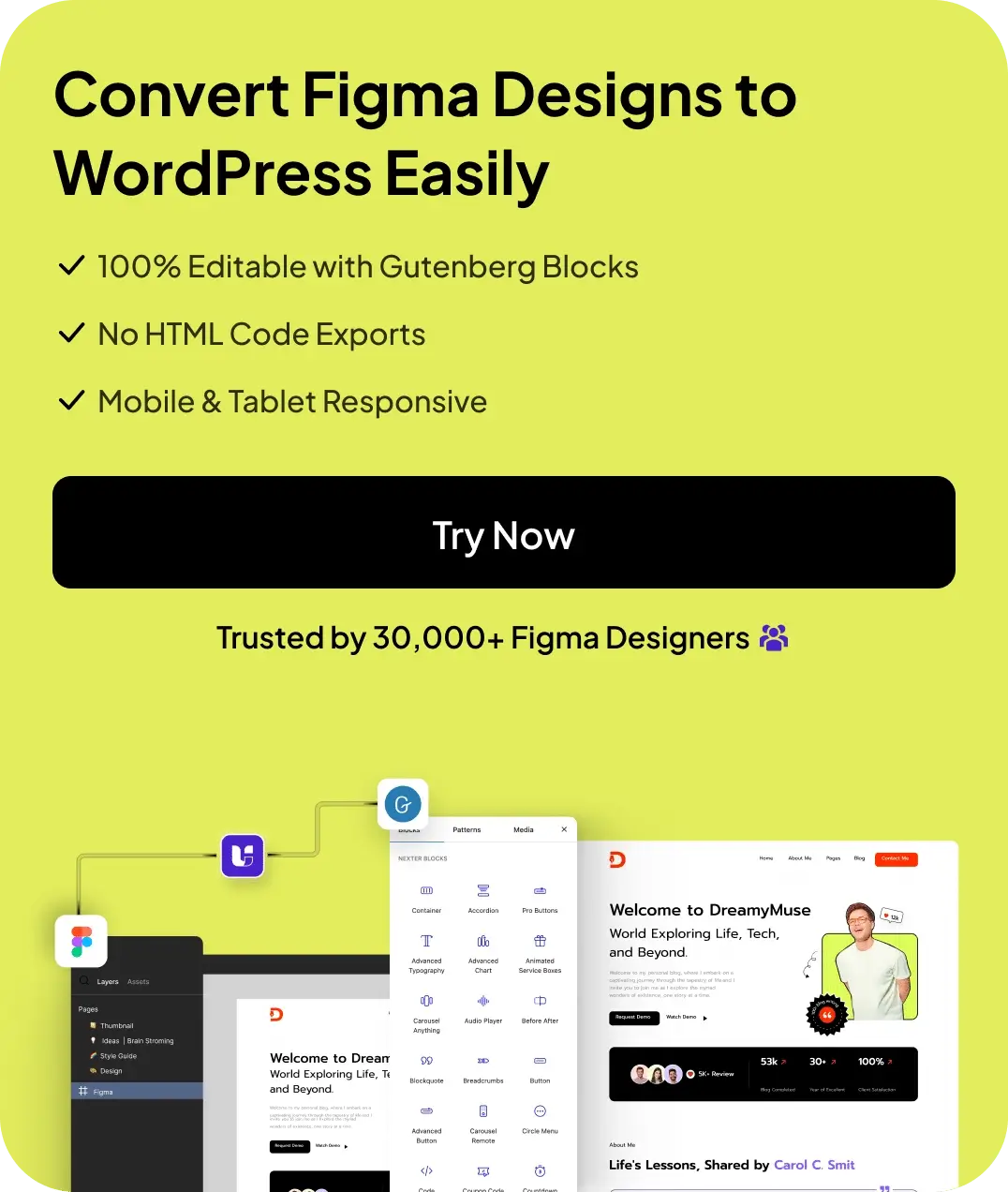Learning how to create a donation form in WordPress is the first step to growing your fundraising campaigns online.
Whether you represent a nonprofit organization, charity, church, or any fundraising campaign, having a user-friendly online donation form boosts your chances of attracting modern donors.
Without coding experience, building secure and efficient forms that accept payments becomes easy with the right tools.
Yet, choosing between plugins, payment methods, and form customization can feel overwhelming. Donors also need assurance their payment details remain secure throughout the donation process.
A straightforward, intuitive donation form increases donor engagement and simplifies your overall fundraising efforts.
In this article, we’ll explore how you can easily set up a donation form using WordPress plugins or Gutenberg blocks.
What is a Donation Form in WordPress?
A WordPress donation form lets visitors contribute directly to your cause through a secure, embedded form on your website. These donation forms typically include simple form fields such as donor names, email addresses, and donation amounts.
You can also customize forms with one-time donations, monthly donations, or even let donors choose their preferred payment method.
Unlike a static donation link or a donate button redirecting users to an external site, an embedded donation form streamlines the giving process.
It ensures payments are securely processed through trusted payment gateways, creating a seamless experience for potential donors.
Benefits of Using a Donation Form on Your Website
Having a donation form directly on your WordPress site delivers multiple advantages. Let’s explore these benefits and understand why they’re valuable.
1. Secure Payment Collection
Using reliable payment gateways like Stripe, PayPal, or Razorpay ensures donor transactions are safe. Each transaction is encrypted, providing peace of mind to both you and your donors. Security measures help build trust with donors, encouraging repeat contributions.
2. Improved Donor Experience
Embedded donation forms make contributing easy, eliminating the friction of navigating external links. Potential donors appreciate simplicity and forms placed strategically on your homepage, sidebar, or as exit-intent popups keep donations effortless and accessible. Simplified donation processes significantly increase overall donor engagement.
3. Automation and Efficient Tracking
Plugins for creating online donation forms help automate and track fundraising efforts. You can quickly review donation amounts, identify monthly donors, and send automated receipts or donation confirmations. Automated systems also reduce manual work, freeing your time to focus on your core mission.
Want to build forms that stand out? Here are the 5 best form builder plugins on WordPress.
How to Create a Donation Form in WordPress
Creating a donation form doesn’t require coding or complicated setups. With easy-to-use plugins or Gutenberg blocks, you can launch your WordPress donation form quickly. Follow these clear steps to start accepting donations today.
Step 1: Choose the Right Donation Plugin or Gutenberg Block
Picking the right tool matters. Consider your needs, such as form customization, recurring donations, or advanced reporting, to decide. Here are popular options:
- Nexter Blocks: Perfect for Gutenberg users who prefer avoiding additional plugins. Nexter Blocks provides a dedicated donation form Gutenberg block, allowing you to customize forms within the WordPress block editor without complexity.
- GiveWP: One of the best donation plugins for WordPress, GiveWP comes with advanced features like detailed donor management, recurring donations, and reporting tools. It’s ideal for nonprofits running multiple fundraising campaigns.
- WP Charitable: If you want simplicity, WP Charitable is an excellent choice. It’s easy to set up, lightweight, and offers core donation functionalities for free, with optional premium extensions.
When choosing between free and premium options, remember that free versions cover basic needs, such as collecting one-time donations.
However, premium versions unlock powerful features like recurring payments, detailed reporting, and multiple payment gateways.
Step 2: Install and Set Up the Donation Plugin or Gutenberg Block
Once you’ve chosen your tool, head to your WordPress dashboard and click on Plugins > Add New. Search for the selected plugin or block (e.g., GiveWP or Nexter Blocks). Click Install Now, then Activate to enable it.
After activation, you’ll see new options in your dashboard. For example, if you’re using GiveWP, go to Donations > Settings.
Here, set your default currency (USD, INR, etc.), preferred payment methods (PayPal, Stripe, Razorpay), and optional donation goals.
If you’re using Nexter Blocks, access settings from the Nexter Settings panel. Configure your currency, enable the desired payment gateway, and define your default donation amount settings. Make sure to save your changes before moving ahead.
Step 3: Customize the Donation Form
The best forms match your website’s look and clearly communicate your mission. Start by adding necessary form fields:
- Name
- Email Address
- Donation Amount (preset amounts or custom)
- Custom Message (allow donors to add a note or specify their donation purpose)
You can easily adjust these fields through your plugin or block settings. For instance, GiveWP and Nexter Blocks both allow you to enable recurring donations, letting donors choose monthly or annual contributions.
Next, style your form. Change fonts, colors, button shapes, and form spacing. If you’re using Nexter Blocks, styling is intuitive within the Gutenberg editor, allowing real-time visual edits. Keep the form visually clean to avoid overwhelming potential donors.
Step 4: Add Payment Methods
To process online donations, connect your form with secure and reliable payment gateways. The most popular gateways include:
- PayPal: Familiar, trusted, and accessible worldwide.
- Stripe: Offers a smooth checkout experience with support for both credit and debit cards.
- Razorpay: Ideal for Indian nonprofits, handling various local payment options.
To set these up, navigate to your plugin’s payment settings and enter the necessary API credentials. For instance, to configure Stripe with GiveWP, you’d enter your Stripe API keys under Donations > Settings > Payment Gateways. Ensure all payment details are correct and saved.
Before proceeding, verify your website has an active SSL certificate (your URL begins with “https://”) to encrypt transactions securely. This step is essential for GDPR compliance and to build donor trust.
Step 5: Embed the Donation Form on a Page or Sidebar
With your donation form customized and payment methods ready, it’s time to add the form to your site. You have several placement options:
- Gutenberg Blocks: Add the form directly into pages or posts through the block editor. Click the “+” button, search for your plugin’s form block (e.g., Nexter donation form Gutenberg block), and insert it wherever you want.
- Shortcodes: Plugins like GiveWP provide shortcodes. Copy the shortcode provided, paste it into any WordPress page or post, and the form instantly appears.
- Widgets: If you prefer sidebar placement, use a widget. Go to Appearance > Widgets, choose your plugin widget (e.g., GiveWP Donation Form), and place it in the sidebar or footer.
For better visibility, embed forms prominently on your homepage, landing pages, blog sidebar, or consider exit-intent popups. These locations maximize exposure, prompting more visitors to donate.
Step 6: Test and Optimize Your Donation Form
Before making your form public, conduct a thorough test:
- Submit a test donation to verify the entire donation process from start to finish.
- Confirm transactions appear correctly in your chosen payment gateway.
- Check automated donation receipts and email confirmations.
- Ensure the form displays correctly on mobile devices, as most online donations happen via smartphones.
If something isn’t working as intended, revisit the settings in your plugin or block. Optimize form loading speed and layout to ensure a smooth donor experience.
Additionally, keep GDPR compliance in mind. Clearly state how you handle donor data in your privacy policy, provide a checkbox for email consent, and always encrypt transactions with SSL.
Testing and regular optimization ensure your donation form remains reliable and trustworthy, ultimately encouraging consistent donor engagement.
Learn more about styling forms. Here is how to style contact forms in WordPress without coding.
Tips for a High-Converting Donation Form
Creating a WordPress donation form is just the beginning encouraging visitors to donate requires strategic decisions. Optimizing your form improves the overall donor experience and boosts your fundraising efforts.
Here are practical tips to increase donor engagement:
- Simplify Form Fields: Limit your form fields to essential details like name, email address, and donation amounts to reduce friction.
- Preset Donation Amounts: Clearly suggest donation tiers (e.g., $25, $50, $100) with descriptions showing their tangible impact.
- Recurring Donations: Offer both one-time donations and recurring monthly options to appeal to various donor preferences.
- Build Trust with Donors: Highlight secure payment gateways such as PayPal or Stripe to reassure donors that their payment details remain safe.
- Compelling CTA: Use engaging language in your donate button, such as “Change Lives Today,” to motivate action.
Stay updated with Helpful WordPress Tips, Insider Insights, and Exclusive Updates – Subscribe now to keep up with Everything Happening on WordPress!
Wrapping Up
Creating a donation form is easy when you are equipped with the right tools. A well-designed donation form lets you simplify the donation process, clearly communicate your mission, and build stronger connections with potential donors.
Reflect on how user-friendly your current online donation form is. Does it clearly offer multiple payment methods, preset donation amounts, and easy-to-fill form fields? Regularly reviewing these elements helps boost your overall fundraising success.
Nexter Blocks is the perfect solution to customize your WordPress donation form effortlessly. With powerful yet intuitive options, you can transform your donation strategy and attract more donors to support your cause.
Nexter Blocks comes with over 90+ Gutenberg Blocks that allow you to customize every aspect of your WordPress site. Creating engaging, user-friendly WordPress websites tailored to your nonprofit’s goals has never been easier.
FAQs on One Page Navigation Website
Can I set up recurring donations on my WordPress site?
Yes, most donation forms in WordPress allow recurring or monthly donations. Popular plugins like GiveWP or WP Charitable easily let you create and manage automated recurring payments, making your fundraising efforts more consistent and predictable.
Is it possible to track and manage donations through WordPress?
Absolutely. Plugins designed for online donations, such as GiveWP, provide detailed dashboards for tracking donation amounts, donor details, and payment methods. You can monitor contributions, generate reports, and send automatic donation receipts directly within WordPress.
Are there any fees associated with accepting donations through WordPress?
WordPress itself doesn’t charge fees, but your chosen payment gateway typically does. Providers like PayPal and Stripe have small processing fees per transaction. Always check with your gateway to understand exact costs associated with handling payment details.
Can I create multiple donation forms for different campaigns?
Yes, plugins allow you to create distinct donation forms tailored to different fundraising campaigns. Each campaign can have customized form fields, preset donation amounts, unique donation goals, and targeted messaging to encourage better donor engagement and conversions.
Is it possible to offer donors the choice between one-time and recurring donations?
Definitely. Most WordPress donation plugins support giving donors the flexibility between a one-time donation and ongoing monthly donations. Providing multiple donation options attracts a broader range of potential donors and improves overall participation in your campaigns.











